प्याज की खेती एक महत्वपूर्ण कृषि प्रक� ...
After harvesting rice, it is important for farmers to plan for the next crop. This is the time when the soil is rich in nutrients, and water availability is still favorable. Growing vegetables after rice cultivation can be a profitable option, as they help make the most of the available resources. Let’s explore which vegetables can be grown after rice harvesting and their benefits.
धान की फसल के बाद किसानों के लिए अगली फसल की योजना बनाना महत्वपूर्ण है, क्योंकि इस समय मिट्टी में उर्वरक की भरमार होती है और पानी की उपलब्धता भी होती है। धान की कटाई के बाद, कुछ विशेष सब्जियों की खेती से किसानों को बेहतर उपज और लाभ मिल सकता है। आइए जानते हैं कि धान की कटाई के बाद कौन सी सब्जियाँ उगाई जा सकती हैं और उनके फायदे क्या हैं।
मटर एक महत्वपूर्ण रबी फसल है, जिसे धान की कटाई के बाद आसानी से उगाया जा सकता है। मटर की खेती के लिए सर्दी का मौसम उपयुक्त होता है, और यह कम पानी में भी अच्छी तरह से उग सकती है। मटर में प्रोटीन और विटामिन C की भरमार होती है, जिससे यह किसान के आय स्रोत में वृद्धि कर सकती है।
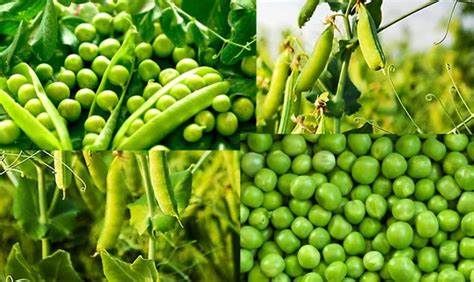
गोभी की फसल धान के बाद एक बेहतरीन विकल्प हो सकती है। यह शीतल जलवायु में बहुत अच्छी तरह से उगती है। गोभी में विटामिन C और फाइबर भरपूर मात्रा में होते हैं, जो स्वास्थ्य के लिए फायदेमंद हैं।
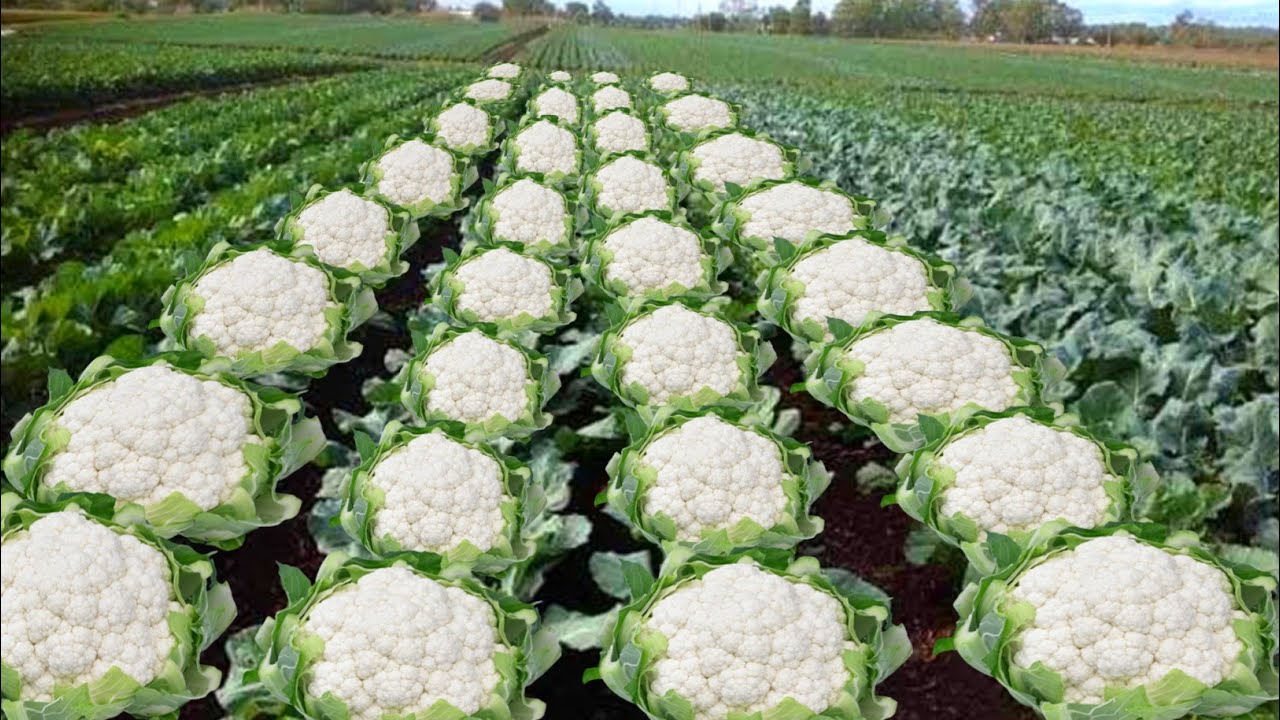
पालक एक अत्यंत लाभकारी और तेजी से उगने वाली सब्जी है। यह धान के बाद की मिट्टी में आसानी से उग सकती है, क्योंकि इसे ज्यादा पानी की जरूरत नहीं होती। यह अत्यधिक पोषक तत्वों से भरपूर होती है, खासकर आयरन और फोलिक एसिड से।
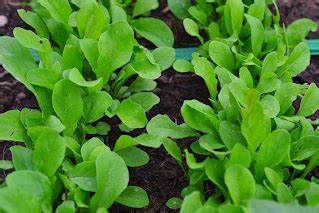
टमाटर की खेती धान की कटाई के बाद की अच्छी फसल हो सकती है। यह गर्मी में बढ़ती है, लेकिन इसके लिए अच्छी सिंचाई और खाद की जरूरत होती है। टमाटर की खेती किसानों को अच्छे लाभ की संभावना देती है, क्योंकि यह हर मौसम में उपयोग की जाती है।
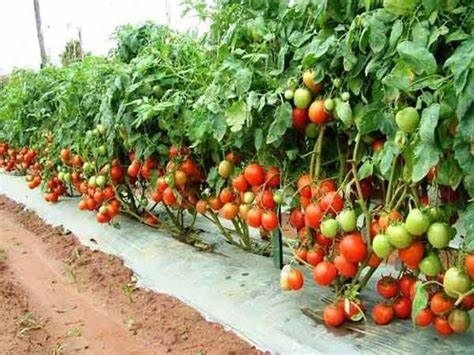
बैंगन एक और बेहतरीन सब्जी है, जिसे धान की कटाई के बाद उगाया जा सकता है। यह गर्मी पसंद करती है और ज्यादा पानी की जरूरत नहीं होती है। बैंगन की खेती किसानों को अच्छा लाभ प्रदान कर सकती है।
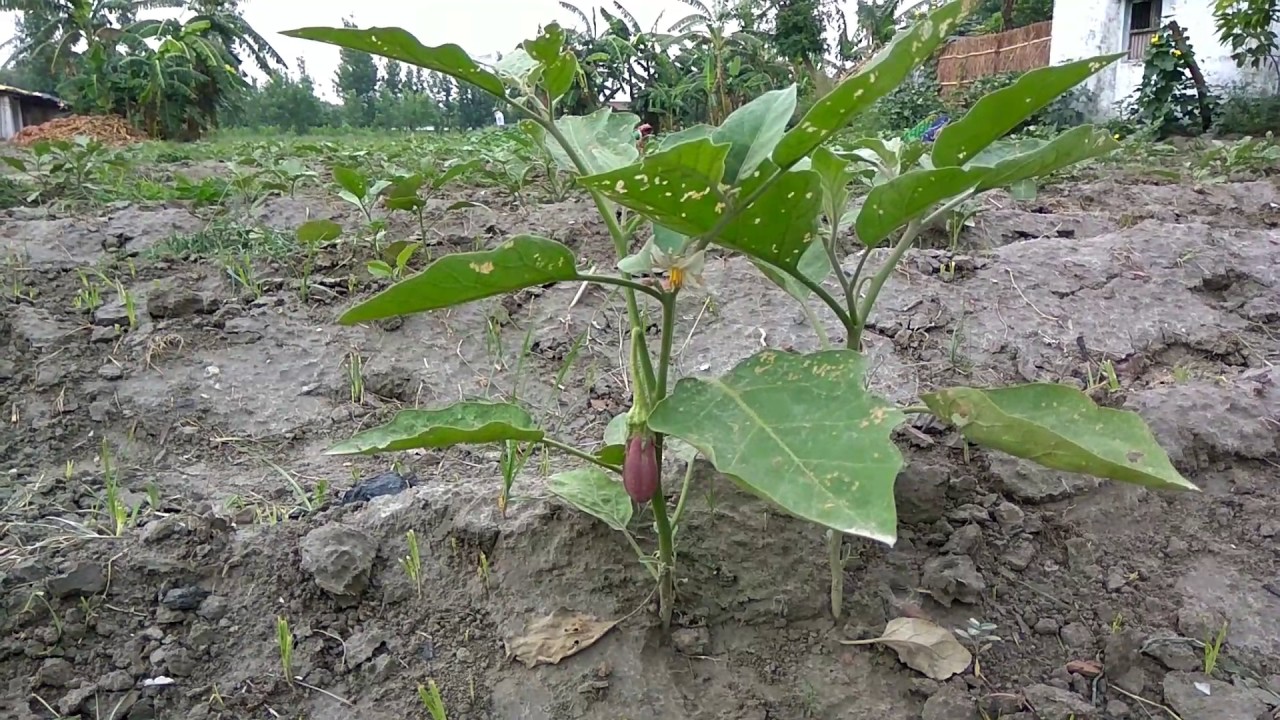
गाजर एक अन्य लोकप्रिय सब्जी है जो धान की कटाई के बाद उगाई जा सकती है। यह ठंडी जलवायु में बढ़ती है और इसकी खेती के लिए सही मिट्टी और जलवायु की आवश्यकता होती है। गाजर में विटामिन A और एंटीऑक्सीडेंट्स होते हैं, जो स्वास्थ्य के लिए बहुत लाभकारी हैं।
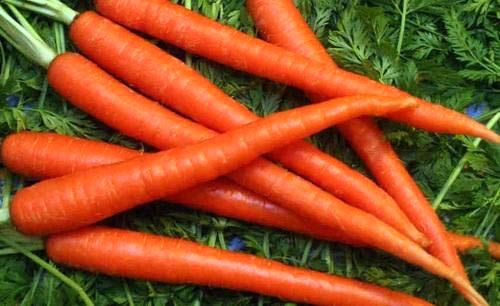
हरी मिर्च की खेती धान की कटाई के बाद की जा सकती है, क्योंकि इसे गर्म जलवायु की आवश्यकता होती है। मिर्च की फसल की अधिक मांग होती है और इसकी खेती से अच्छा मुनाफा मिलता है।
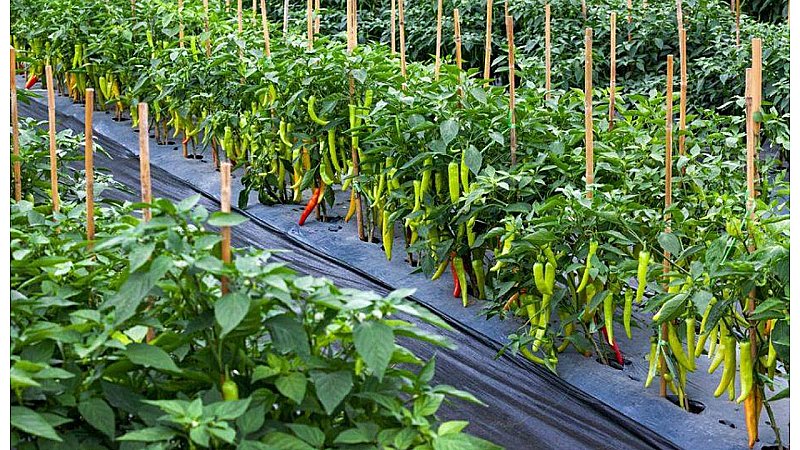
कद्दू की फसल धान के बाद एक बेहतरीन विकल्प हो सकती है। यह ठंडी और शीतल जलवायु में अच्छे से उगती है। कद्दू में विटामिन A, C और फाइबर की भरमार होती है, जो स्वास्थ्य के लिए लाभकारी है।
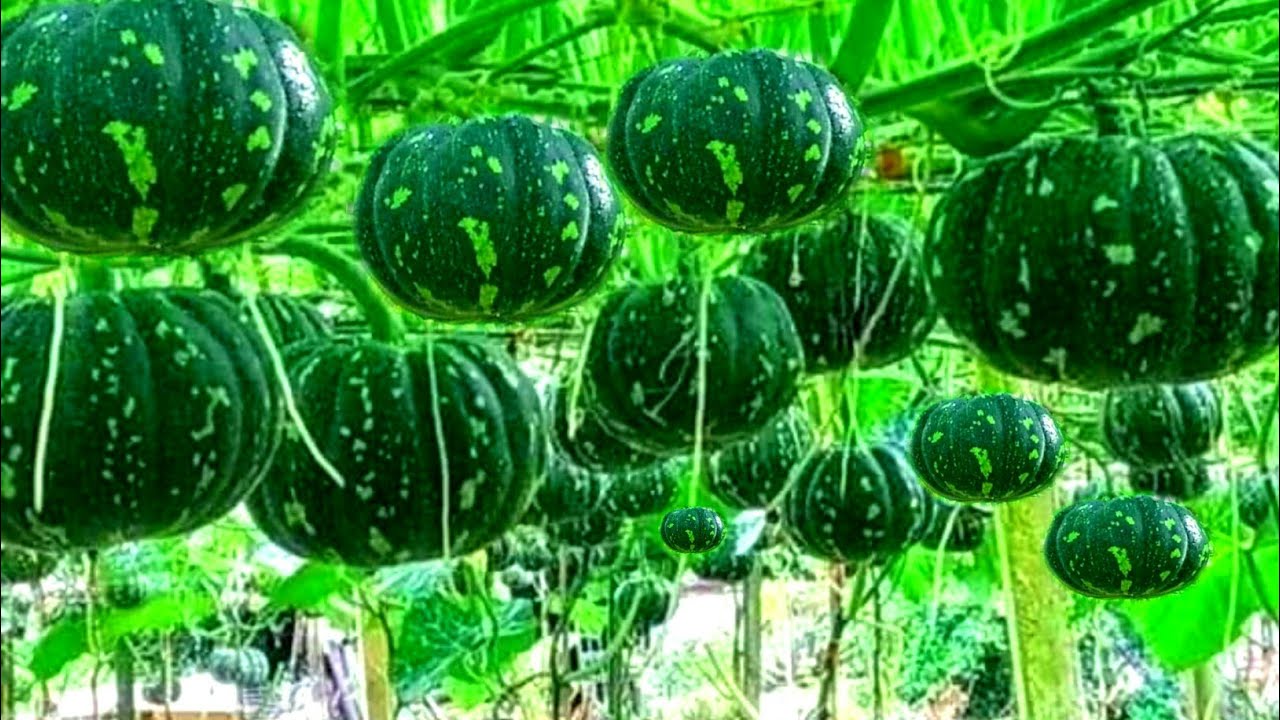
धान की कटाई के बाद, सब्जी की खेती एक अच्छा विकल्प हो सकती है, जो न केवल किसानों को अच्छा मुनाफा देती है बल्कि मिट्टी की उर्वरता बनाए रखने में भी मदद करती है। किसानों को अपनी फसल का सही चयन करने के लिए जलवायु, मिट्टी और बाजार की मांग का ध्यान रखना चाहिए। रबी फसलों में इन सब्जियों की खेती से किसानों को बेहतर आय प्राप्त हो सकती है, साथ ही वे अपनी जमीन का अधिकतम उपयोग भी कर सकते हैं।
यह भी देखे -
Youtube video 📷- धान कटाई के बाद करें इन सब्जियों की खेती, मिलेगा ज्यादा मुनाफा।
Peas are a major rabi crop that can be easily grown after rice harvest. Peas thrive in the cool winter climate and require less water. They are packed with protein and vitamin C, making them a healthy and lucrative option for farmers.
Cabbage is a great vegetable to grow after rice harvesting. It grows well in cold climates and has high nutritional value. Cabbage contains vitamin C and fiber, which are beneficial for health.
Spinach is a fast-growing and highly beneficial vegetable. It can be easily grown in the soil after rice harvesting. Spinach is rich in iron, vitamin A, and folic acid, making it a nutritious crop.
Tomato is another excellent vegetable to grow after rice harvesting. It thrives in warm climates and requires good irrigation and soil. Tomato farming provides farmers with excellent profits, as it has high demand in the market year-round.
Eggplant is another profitable vegetable to grow after rice harvest. It prefers warmer climates and requires minimal water. Eggplant farming can give farmers a good return on investment due to its steady market demand.
Carrot is a popular vegetable that can be grown after rice harvesting. It thrives in cooler climates and requires proper soil and climatic conditions. Carrots are rich in vitamin A and antioxidants, making them a healthy addition to the farm.
Green chili is a great vegetable to grow after rice harvest, as it thrives in warmer climates. Chili farming has high market demand and can provide good profits for farmers.
Pumpkin is another great option after rice harvesting. It grows well in cool weather and is packed with vitamins and fiber. Pumpkins are beneficial for health and have a good market demand.
Growing vegetables after rice harvesting is a great way to make use of the available resources. Vegetables not only provide farmers with good profits but also help maintain soil fertility. By choosing the right crops based on climate, soil, and market demand, farmers can ensure better yields and increased income. These vegetable options are ideal for farmers looking to maximize their land’s potential and diversify their farming practices.
0
0
प्याज की खेती एक महत्वपूर्ण कृषि प्रक� ...
Potatoes are a versatile and widely consumed root vegetable, rich in nutrients such as carbohydrates ...
Garlic is a widely used spice and medicinal plant cultivated for centuries. It is known for its spic ...
Coriander farming offers lucrative returns for farmers due to its high demand in the culinary and me ...
September is an ideal month for sowing various vegetables that can be harvested in the cooler months ...
Ghiya, also known as bottle gourd, is a popular and nutritious vegetable grown in many parts of Indi ...
Tomato farming is a popular agricultural practice due to the high demand for tomatoes worldwide. It ...
खीरा की खेती एक लाभदायक कृषि व्यवसाय ह ...
अक्टूबर का महीना शरद ऋतु का प्रारंभ हो ...
Beetroot cultivation is a profitable agricultural venture that involves growing a nutritious root ve ...
Tauri, also known as Ridge Gourd, is a popular vegetable cultivated in many parts of Asia. It is hig ...
Eggplant, also known as Brinjal or Solanum melongena, is a widely cultivated vegetable in India, pri ...
Pea (Pisum sativum) is one of the major legume crops in India, used both as a vegetable and a pulse. ...
Chickpea (Cicer arietinum) is an important pulse crop, particularly grown in India. Its cultivation ...
Sem, also known as ‘Beans,’ is a significant leguminous crop that is not only rich in nutrition ...
Bathua (Chenopodium album) is a nutritious leafy vegetable commonly grown during the winter season i ...
Lentils (Lens culinaris) are a valuable pulse crop grown in India during the Rabi season. Known for ...
The winter season is an excellent time for farmers, especially for cultivating vegetables. Vegetable ...
December marks the beginning of winter, making it an ideal time for vegetable farming. This season p ...
Red spinach, known as "लाल साग" in Hindi, is a nutrient-rich leafy vegetable that stands ...
There’s something special about enjoying freshly grown vegetables from your own home. It’s not o ...
February is an important time for agriculture, especially for farmers who are preparing for rabi and ...
Fruit drop or lack of fruiting in bottle gourd plants is a common issue, whether they are grown in s ...